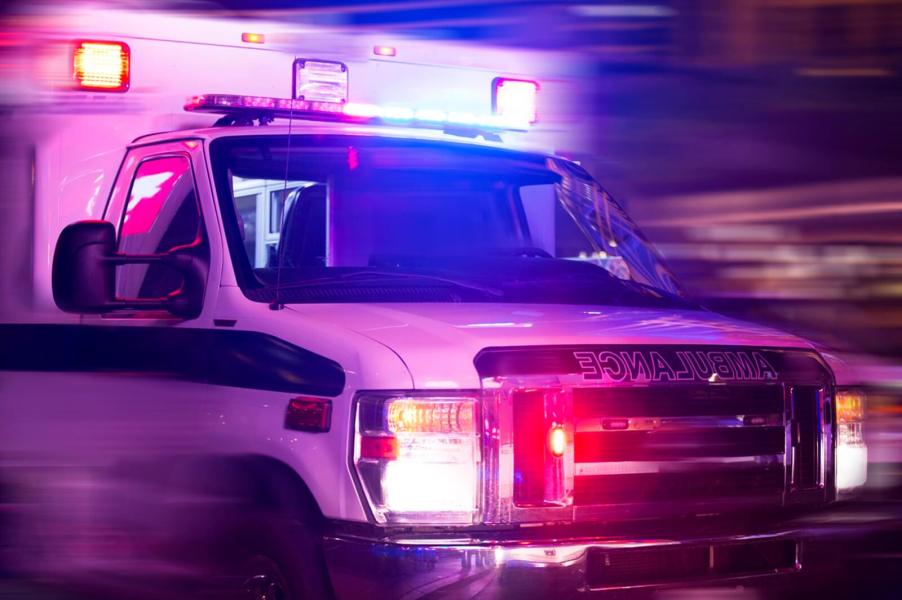
How Fast Can an Ambulance Go on Public Roads?
Lights and sirens are something every motorist experiences regularly. Whether it be a law enforcement officer pulling someone over, a fire engine blocking traffic, or an ambulance delivering a patient to a hospital, it’s all familiar. However, you may have noticed motorists continuing to pass or keep pace with an emergency vehicle on the highway. So, then, how fast can an ambulance go on public roads?
Many ambulances have governors that limit their top speeds
An ambulance traveling under “Code 3” conditions can break the speed limit on public surface streets. However, there are caveats. For instance, depending on the department, drivers are required to slow down or even stop to clear intersections. That doesn’t change under Code 3 response conditions.
Of course, there’s a method behind the regulation. Clearing busy intersections is one of the most common scenarios wherein accidents involve a responding emergency vehicle. Distracted drivers might not hear sirens or see an ambulance’s lights.
On the highway, ambulances can drive at much higher speeds. However, many departments limit their “ambos” with speed governors. However, there isn’t a uniform standard for the governors. Some Type 1 ambulances will top out at a paltry 75 mph, whereas others will do 90 mph or more. As such, law-breaking motorists overtake Code 3 ambulances on highways every day.

Many fire-based EMS services tell their EMTs and paramedics to “exercise sound judgment” or some derivation thereof. It’s the way agencies remind their drivers to think before they speed. After all, a crashed ambulance does not aid a patient in need.
That, and depending on the situation, speed might not be the best bet. On uneven pavement with a paramedic administering intravenous medications, excessive speed could cause harm. Speed limitations might seem wild given the circumstances of a Code 3 transport, but it makes sense.
A type 1 ambo can weigh as much as 14,000 lbs with the aerodynamic properties of an apartment building. Moreover, braking distance isn’t great, and many emergency transports happen in the inky blackness of night. An ambulance is more of a box truck than a racing vehicle.





